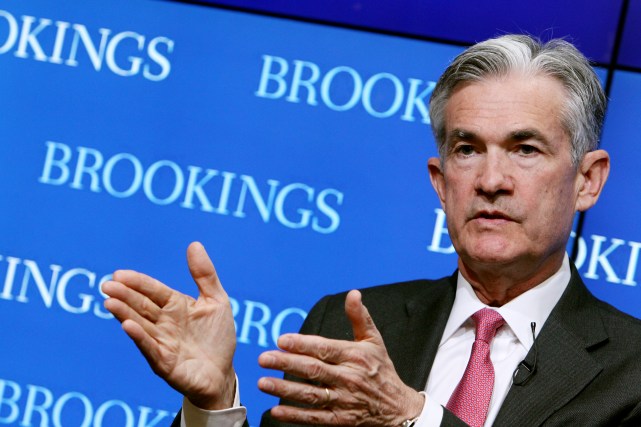Jerome Powell is not an economist, and as such, has the potential to try to remake the way the Fed does monetary policy. Rather than hold onto outmoded ideas like the Phillips Curve, which may have made sense when the US was a more insular economy, there are better ways to think of monetary policy from a structural standpoint of how financial firms work.

Photo Credit: Brookings Institution
(Note: the Phillips Curve relies on a very simple assumption that goods and services price inflation stems from wage inflation, and that wage inflation occurs when domestic unemployment is low. In a global economy, those relationships are broken when labor can be easily added from sources outside of the US.)
Financial firms tend to grow rapidly when the yield curve is steeply sloped. Borrowing short and lending long is profitable, at least in the short-run. This provides a lot of credit to the economy, which in the short-run, encourages growth, as businesses borrow to build supply, and consumers borrow, which temporarily boosts demand.
Financial firms tend to shrink when the yield curve is flattish and certainly when negatively sloped. Borrowing short and lending long is unprofitable, at least in the short-run. This reduces credit to the economy, which in the short-run discourages growth, as businesses don’t borrow to build supply, and consumers borrow less, which temporarily reduces demand.
If there are misfinanced (too much short-term borrowing) or over-indebted areas of the economy, there can be considerable economic failure with a flat or inverted yield curve. As I have said before, when the FOMC tightens without thinking about the financial economy, they keep tightening until something blows up, and then they loosen too much, starting the next cycle of over-borrowing. I said this at RealMoney in 2006:
One more note: I believe gradualism is almost required in Fed tightening cycles in the present environment — a lot more lending, financing, and derivatives trading gears off of short rates like three-month LIBOR, which correlates tightly with fed funds. To move the rate rapidly invites dislocating the markets, which the FOMC has shown itself capable of in the past. For example:













Leave A Comment